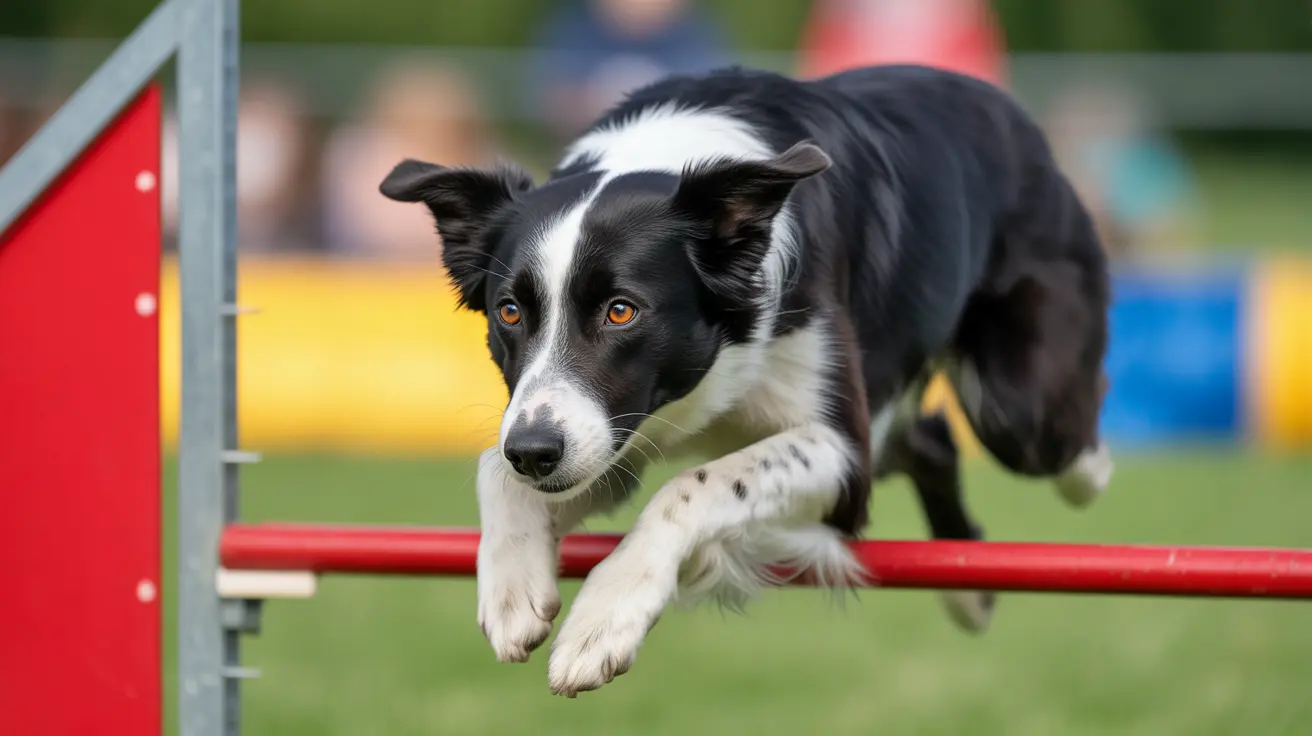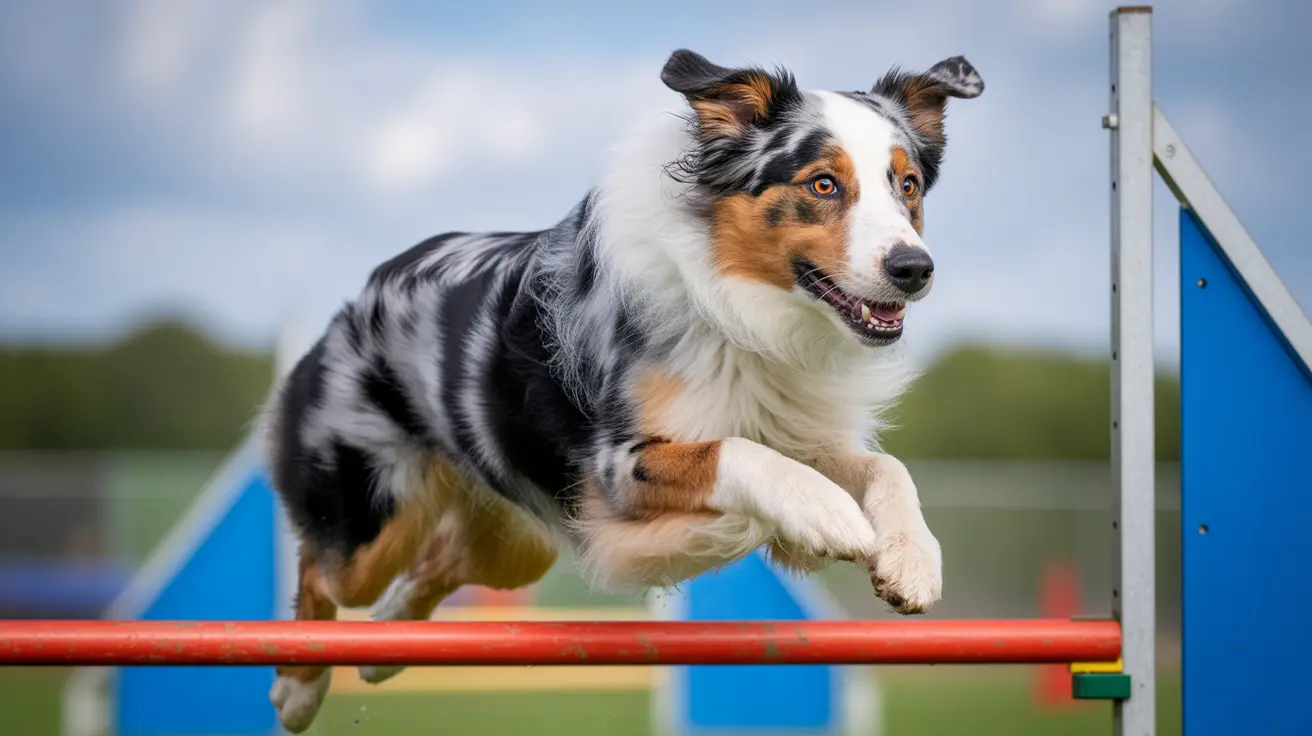Recognizing the Symptoms of Feline Leukemia in Cats
Feline leukemia virus (FeLV) is a major threat to cats worldwide. This retrovirus attacks a cat’s immune system and can lead to a range of health problems—from subtle changes in behavior to life-threatening illnesses. Understanding its symptoms is vital for early detection and compassionate care.
How FeLV Affects Cats
FeLV undermines the immune system, making cats more prone to infections and certain cancers such as lymphoma and leukemia. It also disrupts normal blood cell production, causing anemia and other blood disorders. While some cats resist or clear the virus on their own (especially those with robust immune systems), many develop symptoms over time.
Common Symptoms of Feline Leukemia
The clinical signs of FeLV can vary widely. Some infected cats remain outwardly healthy for months or years before showing illness. Others may experience recurring bouts of sickness interspersed with periods when they seem well. The most typical symptoms include:
- Appetite loss and noticeable weight loss
- Progressive weakness and lethargy—your cat may sleep more or seem less playful
- Pale gums or other mucous membranes (a sign of anemia)
- Enlarged lymph nodes
- Persistent fever
- Poor coat condition; fur may look dull or unkempt
- Mouth problems: gingivitis (gum inflammation) or stomatitis (mouth ulcers)
- Chronic diarrhea or vomiting
- Recurring bladder, skin, or upper respiratory infections
- Eye conditions
- Seizures or other neurological symptoms
- Reproductive issues, especially in unspayed females (such as infertility or pregnancy loss)
Cats may not show all these signs at once. Some symptoms—like poor coat quality or mild lethargy—can be subtle at first. Over time, as the virus suppresses immunity further, secondary infections become more frequent and severe.
The Stages of FeLV Infection & What They Mean for Symptoms
The course of FeLV infection unfolds in stages:
- Primary viremia: The virus circulates in the blood. Some cats clear it at this stage if their immune response is strong.
- Secondary viremia: The virus invades bone marrow and tissues; cats become persistently infected for life and can transmit FeLV to others.
- Abortive infection: The cat’s immune system eliminates the virus completely; these cats don’t get sick from FeLV.
- Regressive infection: The virus integrates into cells but stays dormant; these cats aren’t infectious and may remain healthy for years.
Cats with persistent infection are most likely to develop ongoing symptoms and health complications.
The Link Between Symptoms & Underlying Conditions
The range of symptoms reflects how FeLV weakens a cat’s defenses. For example:
- Anemia causes pale gums, fatigue, and rapid breathing.
- Cancer (especially lymphoma) may cause lumps under the skin, swelling of lymph nodes, unexplained weight loss, or difficulty breathing if tumors affect the chest.
- Poor immunity leads to frequent infections—skin sores that won’t heal, chronic sneezing/coughing from respiratory bugs, or digestive upsets like diarrhea that linger despite treatment.
- Mouth ulcers make eating painful; you might notice drooling or reluctance to eat dry food.
- Nervous system involvement can trigger seizures or changes in behavior/personality.
The Importance of Early Detection & Diagnosis
If you spot any combination of these symptoms—especially in a young cat, an outdoor cat, or one that lives with other felines—it’s wise to consult your veterinarian promptly. Diagnosis is usually made with a blood test called ELISA (enzyme-linked immunosorbent assay). Sometimes additional tests are needed if results are unclear or if your cat has recently been exposed but hasn’t developed antibodies yet.
Caring for Cats With FeLV-Related Symptoms
No cure exists for FeLV itself. Treatment focuses on relieving clinical signs and preventing secondary infections:
- Nutritional support: High-quality food helps maintain strength.
- Treating secondary infections: Antibiotics/antifungals as needed for bacterial/fungal illnesses.
- Anemia management: Blood transfusions or medications if anemia becomes severe.
- Cancer therapy: Chemotherapy may be considered for lymphoma/leukemia cases.
- Sterile environment & stress reduction: Keeping your cat indoors minimizes exposure to new pathogens and reduces stress on their already taxed immune system.
Cats diagnosed with FeLV should live indoors only—and shouldn’t share food bowls or litter boxes with uninfected cats—to protect both themselves and others from further illness. With attentive care and regular veterinary check-ups, many FeLV-positive cats enjoy comfortable lives for months or even years after diagnosis—even though most persistently infected cats pass away within three years due to complications from the disease.





